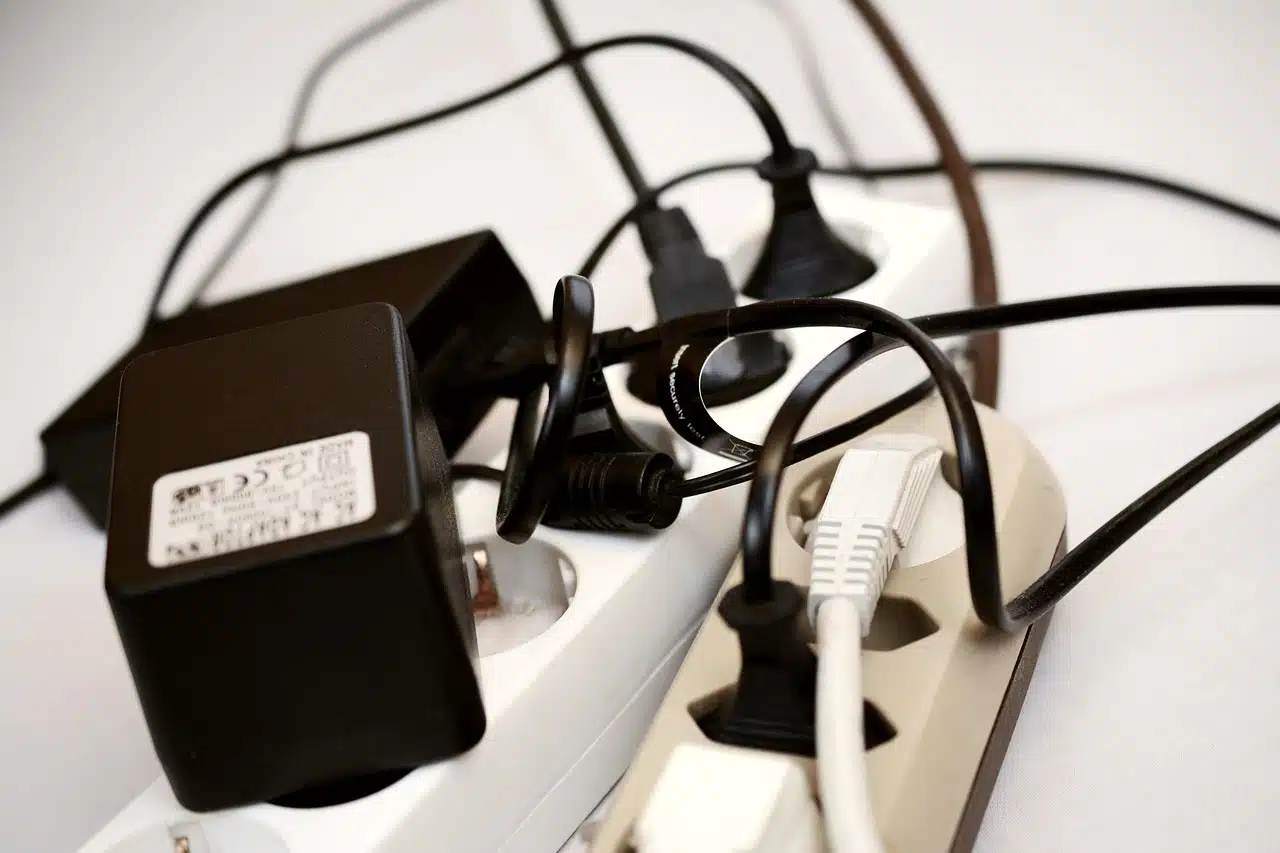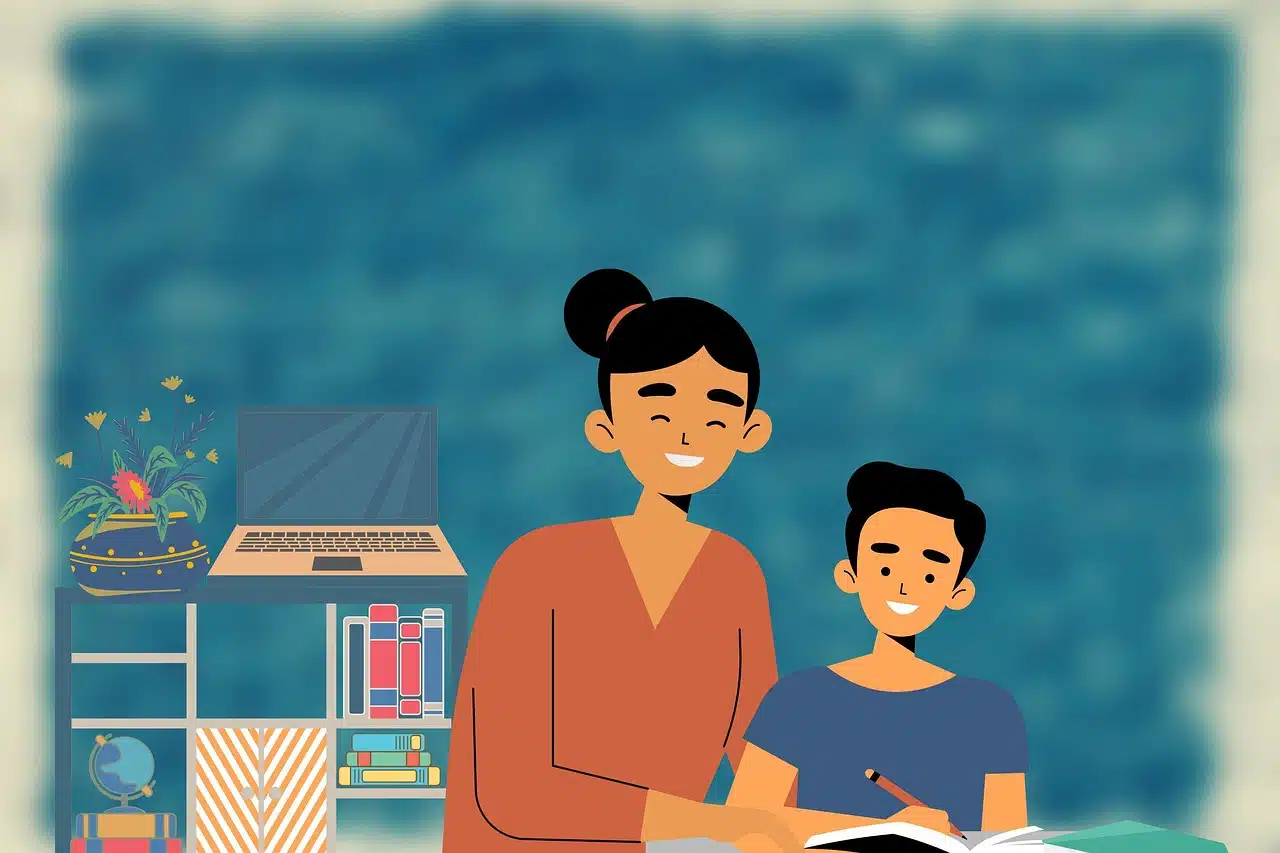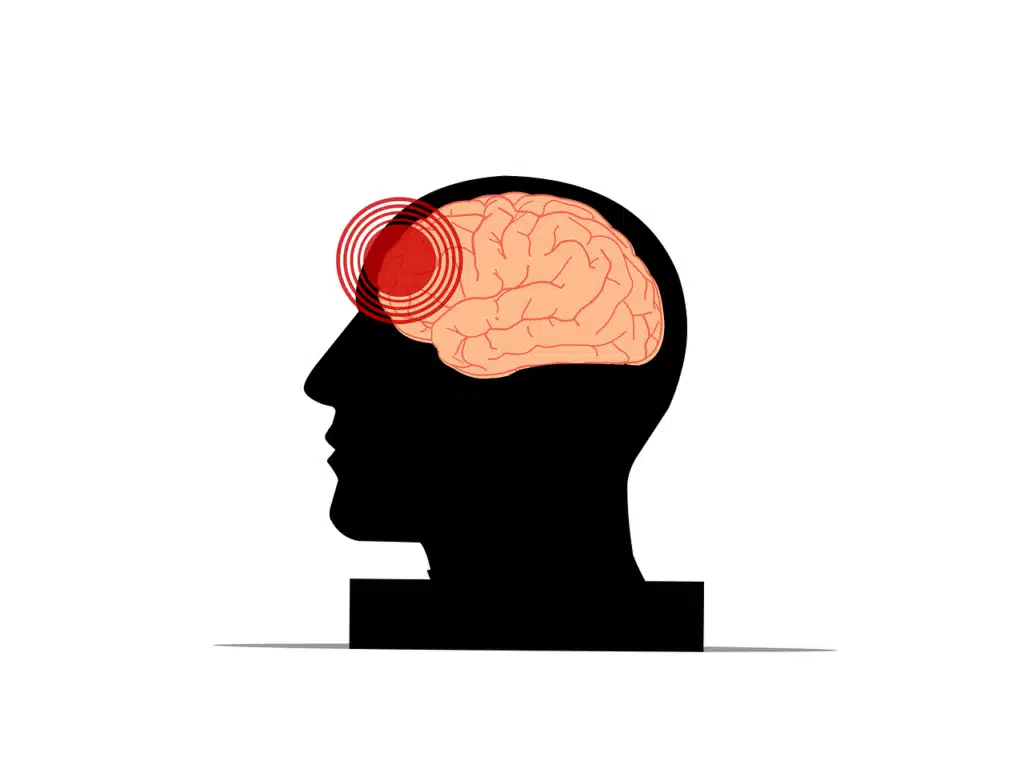My Unexpected Insights with TMJ
Hey everyone, today I want to talk about hidden battles that many of us, and our students, face.
Lately, I’ve been navigating a bit of a hidden battle: my jaw has decided to stage a protest. Turns out, I’ve been dealing with some pretty significant Temporomandibular Joint (TMJ) issues for the past six months. It’s been… eye-opening, to say the least.
Living on a diet that mostly resembles baby food has been an adventure in itself. But the real, though invisible, struggle has been navigating my work as a speech-language pathologist. This is challenging while my jaw feels like it’s constantly seizing up. Talking, which is kind of my main gig, has become a surprisingly painful endeavor.
And smiling? Well, let’s just say my attempts probably look more like a polite wince, because that hurts too. Even simple things like brushing my teeth have become a daily debate with my pain levels. A full day of therapy often leaves my jaw joint feeling like it’s full of glass shards. What’s more, the muscles in my jaw and neck are usually screaming by the time I get home. And as a delightful bonus – it gives me a fantastic headache as well!
The “Janky Jaw” Connection: Our Students’ Overload

And as I’ve been navigating this constant discomfort, especially the pain that flares up with every word and forced smile, I’ve been struck by a profound thought: This has to be what so many of our amazing students and clients experience every single day.
Think about it. For me, this jaw thing is (hopefully!) a temporary invisible challenge. But for so many of the people we work with, their “janky jaw” might be sensory overload. It makes the classroom feel like a constant buzzing nightmare. It might be the anxiety that makes even showing up feel like climbing Mount Everest.
For our students with ADHD, the very act of sitting still for extended periods can feel physically and mentally exhausting. It is a constant battle against their natural inclination to move and explore. Or perhaps there’s an emotional weight that makes it hard to even crack a smile, no matter how much they might want to. Even something as routine as braces might impact a student’s day. And it all adds up until something fizzles.
It’s Not Just About Diagnoses: The Universal Hidden Struggle

And honestly, it’s not just our students with specific “diagnosed” challenges that may be overlooked. Think about all our students. When was the last time any of us spent a full seven-hour day crammed into a hard, probably not-ergonomically-designed student desk? Even at professional conferences, where they usually at least give us padded chairs, we’re all groaning and stretching by the end of the day!
Imagine that discomfort multiplied for a kid trying to learn and focus for hours on end. They are trying to absorb material they didn’t ask for, and are going to be judged on later. Oh, and if attention wanes, they will definitely be called out on it. Guess what – it doesn’t end with the dismissal bell – they also have homework.
The Hidden Battle Lens of Empathy

Just like my “smiling through the pain” to do my job, our students are often putting in this incredible, unseen effort just to get through the day. They’re navigating a world that wasn’t necessarily built for their unique needs (or even adult comfort!), and they’re doing it with a level of resilience that honestly blows me away.
This personal experience has given me just the tiniest glimpse into what it feels like to have your body actively fight against the demands of the day. It’s made me even more determined to approach everyone we work with – and even just observe the school environment – with extra doses of empathy, patience, and understanding. Because you never really know what kind of “janky jaw” someone else is dealing with. It could be physical, sensory, emotional, neurological, or just the plain discomfort of being a kid in a system that asks a lot of them.
Your Thoughts on Hidden Battles?

What are your thoughts? What other often-overlooked challenges do you think are important for us to keep in mind in our work?
Want more SEL content? Try these articles!
- The Real Language of Emotions: Teaching Feelings
- Empowering Kids Who Stutter: Knowledge, Acceptance, and Practical Resources
- Speech Therapy Wins! Building Progress Power in Kids
Keep Speechifying!
Social Media Icons: designed by rawpixel.com – Freepik.com











